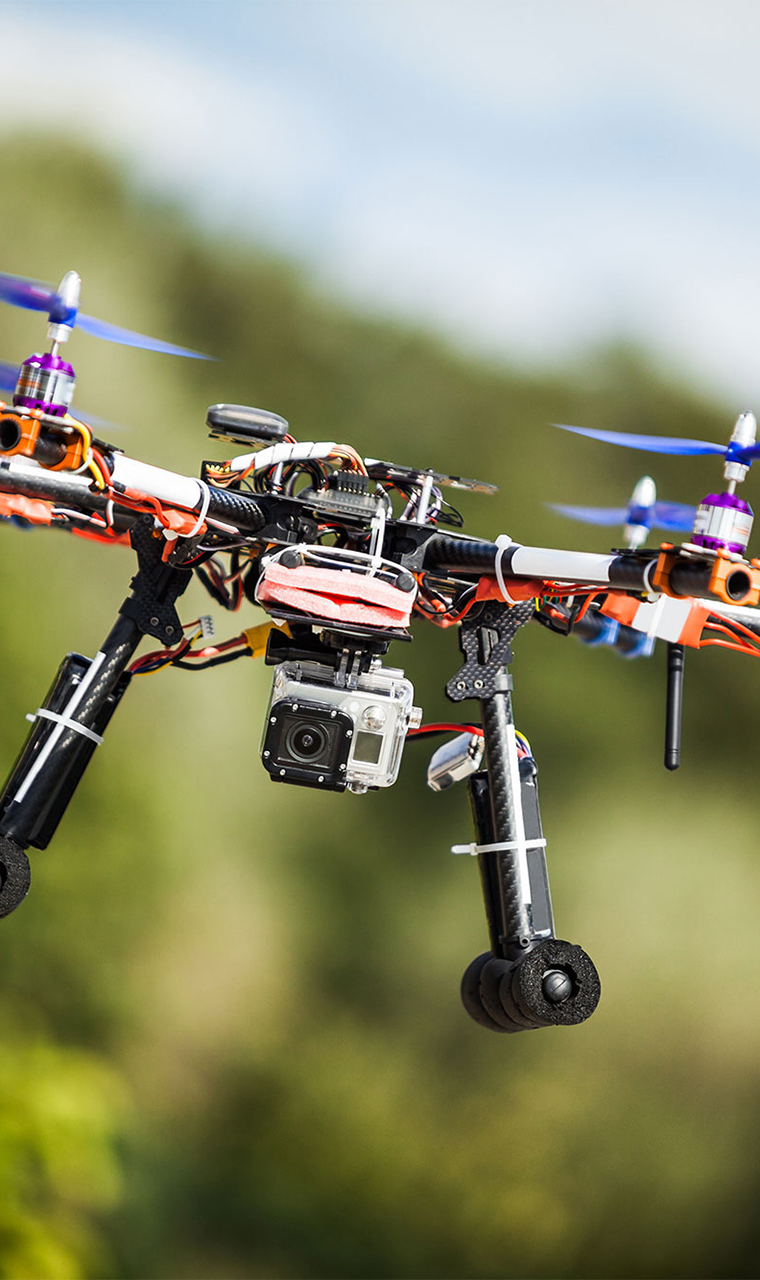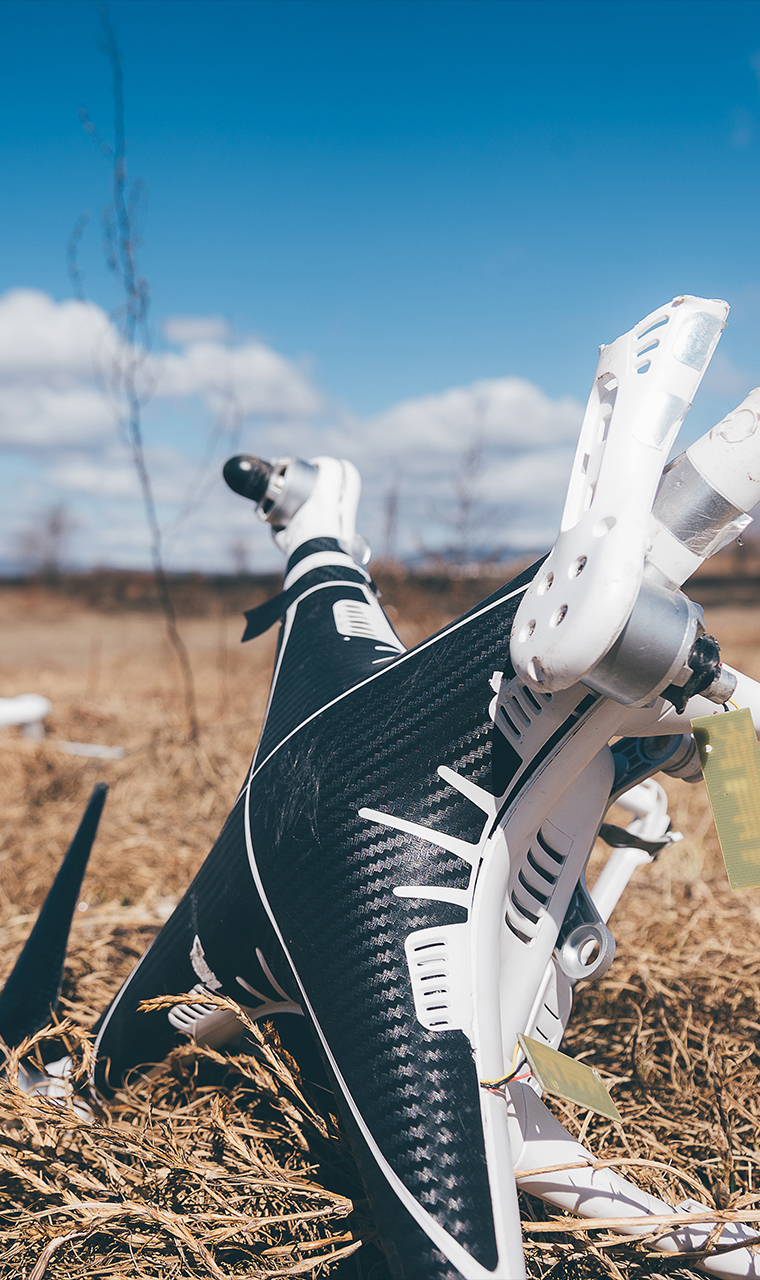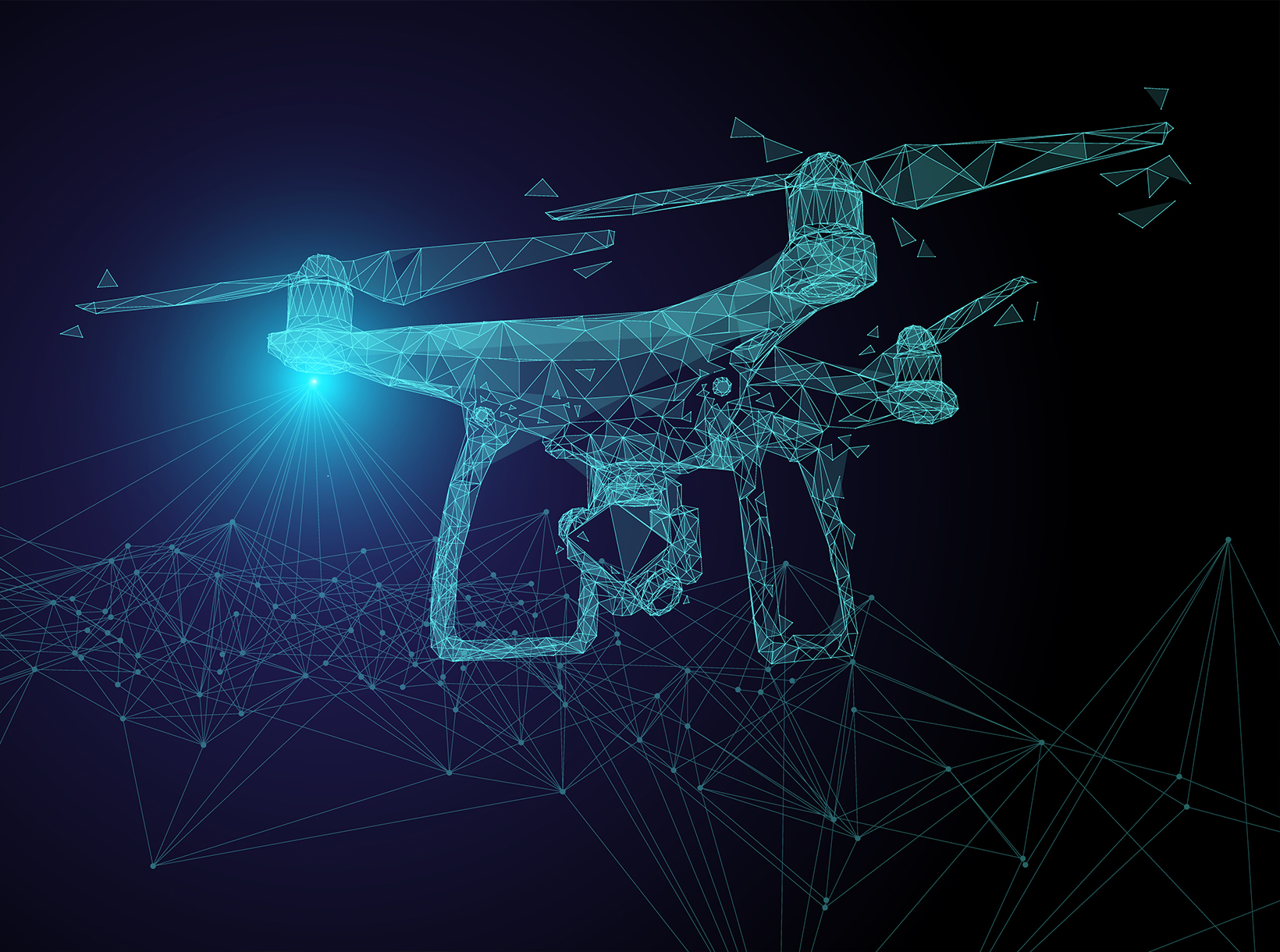Protect Your Airspace
The FCC Regulates Electronic Bandwidth
The FCC (Federal Communications Commission) regulates the electronic bandwidth that drone operators use to control and navigate their drones and downlink the video. Several frequencies have been allotted for this purpose. The Ghoul Tool line of products are designed to jam UAV control frequencies which forces the drone to go home.
Find Unauthorized Drones
We offer specialized security system solutions for enhanced protection and safety.

Drone Detection
We provide specialized electronic defeat solutions for integrators focusing on UAV detection, identification, and tracking systems, ensuring advanced, reliable, efficient technology for comprehensive aerial security and management.

Wide Selection of Capability
Invisible Interdiction offers a diverse array of systems, suitable for everyone from street-level law enforcement to Special Ops teams. Our Ghoul Tool ensures you’re equipped for any mission, blending versatility with top-notch performance.

Drone Neutralization
Our drone defeat systems combine proprietary techniques with custom innovation, significantly outperforming standard models. This results in enhanced efficiency and reliability for advanced drone security applications.

The Invisidiction Differentiation
Our engineers use their 50+ years’ experience manipulating the RF spectrum to design custom antennas and unique electronic techniques
that set us apart. The competition uses off-the-shelf antennas and techniques. The result is our systems are smaller, lighter, lower power, and
more effective without degrading the operator’s communications. If you want your drone problem solved so you can get on with
your primary mission, buy the Ghoul Tool!
Department of Homeland Security
At Invisible Interdiction Inc. our Terminator line of hand-held and fixed-site systems are ideal for non-military applications where it is important to minimize interference of public WI-FI. Terminators are low-power, short-range counter-drone systems designed for use by law enforcement, fire fighters, prison security, sports stadiums, public officials, and large public gatherings.
Military Systems
For military, homeland security, and secret service agencies we offer hand-held and fixed-site full spectrum jamming systems. The hand-held systems are ideal for mounted and dismounted military and counter-terror troops. The fixed-site modules are easily integrated into UAV detection suites to provide an electronic
defeat capability.
Frequently Asked Questions
Below you’ll find some commonly asked questions about drone defeat and the RF (radio frequency) spectrum.
What is jamming?
Jamming is the intentional introduction of interference into a communication channel. It the case of drone communication, we are introducing interference into the radio link between the drone and the drone Pilot. This interference can take many forms, but the underlying objective is to prevent the drone Pilot from communicating with his/her drone. Jamming can also introduce interference between the GPS antenna on the drone and the GPS satellites in orbit around the earth.
What is the RF spectrum?
The RF spectrum or Radio Frequency spectrum is that part of the electromagnetic spectrum that deals with radio waves. The radio frequency spectrum is generally agreed to include wave frequencies between 3 Hz to 3000 GHz. The significance of the RF spectrum to drone operations is that only certain bands, or groups of frequencies can be used for radio communications to control drones. So, all drone radios and drone controller transmitters used by the drone Pilot have to transmit in identified bands. The Federal Communications Commission (FCC) regulates the spectrum in the U.S. and international counterpart agencies regulate national spectrum use for international partners. The vast majority of drone communications take place in the 2.45 GHz and 5.8 GHz ISM (Industrial, Scientific and Medical) bands while longer-range drones use UHF (Ultra High Frequency) 440MHz Amateur radio band.
What is the difference between jamming and spoofing?
As we stated before, jamming is the interfering with the radio link between the drone and the drone Pilot. Spoofing however, is the mimicking of the radio link between the drone and the drone Pilot in order to actually take control of the drone. As you can imagine, spoofing is much more complicated than jamming, particularly since it involves breaking the encryption of the signal between the drone and drone Pilot. Once the encryption is broken, spoofing then requires the detailed command structure an individual drone Pilot is using to effect control of the drone.
Are there different types of electronic jamming?
Yes absolutely. There are generally accepted to be seven different electronic jamming techniques, several of which are effective against drones. Excellence in counter-drone jamming relies upon the systems designers clear understanding of the balance between systems size, jamming technique, power, and the local environment.
Is more jamming power better?
Not necessarily. Much more critical is the technique used to confuse the signal between the drone, and the drone Pilot. This is not necessarily a factor of raw power in the jamming system or module. Well designed jamming systems or jamming modules can be both low power and still remarkably effective.
What is “burn-through” range for an electronic jamming signal?
The “burn-through” range is the distance between the drone and the drone Pilot where the jamming signal is able to break the radio link. At this range, the drone Pilot has lost the radio link to the drone and it will go into lost-link protocol. As one can imagine, there are many factors that determine “burn-through” range. These include, jamming technique, jamming signal strength, distance between the drone and drone Pilot, distance between the drone and the jamming system. So there is no finite “burn-through” range for a particular jamming system or jamming module. “Burn-through” range is situational, and this is why it is impossible to unequivocally state the range performance of a jamming system or jamming module. The real answer is, it depends upon a number of factors.
Why are Invisible Interdiction jammers better?
Invisible Interdiction designs our jamming systems and jamming modules to be optimized for their use. Our man-portable systems are designed to provide the maximum effects with the minimum amount of power to be effective. This allows us to produce the smallest and lightest weight system. Similarly, our jamming modules are designed to provide jamming performance that is comparable to the other sensors in the layered defense system. This way our jamming modules can defeat a drone just as the radar or imaging sensor has detected and identified the threat. As the detection and identification sensors become more powerful, we’ve designed more capable jamming modules for those systems.
What are UAV’s and UAS’s
- UAV is the acronym for Unmanned Air Vehicles and is the more formal term for a drone
- UAS is the acronym for Unmanned Air Systems, which represent both the air vehicle (drone), the communication radio used to control the drone, and all ground support equipment necessary to maintain the drone
Our Vision
Together we will continue our legacy of providing the smallest, lightest, and most effective, responsible C-UAS electronic defeat systems available on the market















